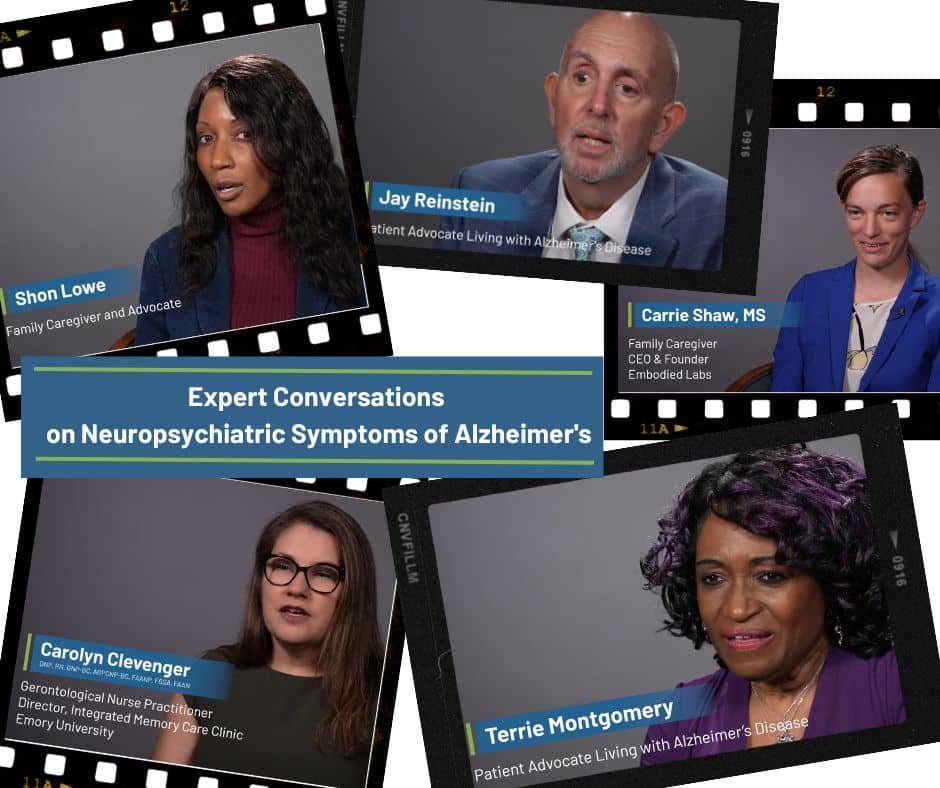
Board of Directors.
A friend of mine used to comment about the difficulty of communicating with two of her aging relatives, a married couple in their late 70’s. My friend said, with some exasperation, that e-mails went unanswered, and texting was out of the question. The couple’s avoidance of technology didn’t stop there. Podcasts and e-books were dismissed as newfangled inventions that could never deliver the satisfaction of reading the hardcover version. A smart phone would never work as well as a land-line.
Gradually, however, her reports about the couple changed during the pandemic. A friendly neighbor had helped them participate in a Zoom call with several children and grandchildren in multiple locations. Their help-mate also showed them how to order food, eliminating potentially problematic trips to the grocery store. And, encouraged by a new trust of technology and at her doctor’s suggestion, the wife started wearing a smart watch that was programmed to monitor her blood pressure and to notify emergency services in case of an immobilizing fall.
The story of this couple, and the person who helped them, carries important lessons delivered by the pandemic. It also spotlights one of the gaps in using technology to improve the health of the elderly, and the population in general. The smart watch in question, that was delivering peace of mind and also perhaps life-saving care to my friend’s relative, was recommended by her doctor. She and her husband had the means to purchase it, and their friend helped to program it.
This couple, and their neighbor, were parts of a trend that accelerated during Covid. A survey in 2021 by AARP found that people 50 and over using technology to connect with others increased dramatically during the pandemic with 45% using video chats, more than one-third texting,
more than one-in-four (26%) emailing. In many cases, getting help from a neighbor or family member was crucial to their ability to manage their new tools. Most important for our interests in improving the lives of the elderly, use of technology to manage personal health increased from 28% to 40% for activities like telehealth visits, ordering prescriptions, or making appointments.
These devices to manage personal health in many instances are potentially life-saving (such as blood pressure monitors) or can encourage behavior to improve overall health, such as fitness devices designed to measure steps or measure heart rate. While the use of these devices is escalating across a broad spectrum of the population, especially those with the financial means to purchase them and the social connections to ask for help in how the use them, the Federal government has left both health care providers and patients without clear guidelines for reimbursement of related costs. And while this may be only an inconvenience for some, it sharpens the technology divide in the population between the haves and have nots.
CMS, the Centers for Medicare and Medicaid Services, are governed by the Medicare statute, and that statute defines two major benefit categories, one for durable medical equipment and the other for prescription drugs. Currently, if you and your physician agree that using wearable technology or a related app would benefit your health, there is no way to be financially reimbursed for purchase of this item. For example, many home blood pressure monitors have an app associated with them to track a patient’s blood pressure over time. Medicare has no way to reimburse for this app even though high blood pressure is a huge healthcare problem in the US. There is no precedent for its approval, or for comparable new technologies, as durable medical equipment or as a safe and effective drug. So Medicare says there’s no benefit category to cover these new technologies.
It’s clear that in 1965 when President Lyndon Johnson signed Medicare into law, no one contemplated paying for apps or could even envision the wide availability of smart phone technology. While it would be beneficial for CMS to enable the rising demand for patient-centered health care technology, the Medicare statute itself also needs to be updated by Congress. CMS and Capitol Hill have failed to address this issue head-on, leaving millions of Americans without the new technology that could benefit those who are struggling with specific conditions that threaten their health. Beyond that, access to these monitoring devices for the population as a whole could help millions of Americans achieve better health, and lower the staggering cost of health-care spending in the US . The pandemic has taught us that consumer demand for this technology is increasing. It’s up to Congress and CMS to devise practical and cost-efffective ways to get these new products into the hands of the millions of Americans who need them to improve, or even save, their lives.





